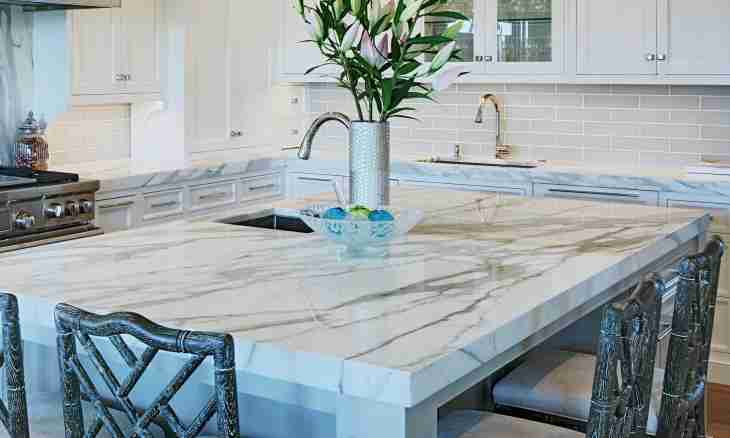In many cultures the natural stone of any kind was considered as magic, and certain properties were attributed to each mineral. But to distinguish a natural stone from artificial happens not easy.
Instruction
1. In the past forged only gemstones, but now imitate and grow up artificially all types of minerals. Not an exception and such especially ornamental breeds as granite. In spite of the fact that this stone only as construction material is used, there are many chances instead of a natural stone to receive artificial. But even if during transaction it was not specified that the stone artificial and is received with use of waste of granite production, it is easy to calculate this fact by sight and to the touch. It is more difficult to distinguish a fake of gemstone because the chemical composition at them is identical. In a case with artificial granite the situation is more simply: for its production take splinters and small fractions of a natural stone in epoxy resin or other similar binding. Therefore natural granite does not look the same as artificial.
2. Quite often under the guise of natural granite present ceramics gres. Such tiles can imitate sandstones, granites, quartzites, an ardeziya, marble. This ceramics is made by method of double melting of silicates with addition of chemical dyes for achievement of natural coloring of mineral. All types of a natural stone to the touch are always much colder, than ceramics gres. At an identical temperature the ceramics heats up much quicker, than a stone. Also the ceramics has gloss and the reflection similar on glass that distinguishes it from sedimentary rocks, they are always more opaque. It is possible to distinguish natural granite from ceramics on coloring as natural patterns and drawings are very different and do not repeat whereas in ceramics the drawing is reached by color pigments on a certain matrix, and through a number of tiles the drawing begins to repeat.
3. The restored stone is made from a small stone crumb on portland cement solution with addition of dyes. This type of imitation is sometimes in addition called an ecological stone, but in fact it is agglomerate on a cement basis, skillfully tinted and quite often imitating chips of a natural stone for facing of walls. To the touch the restored stone reminds rather a cement, than granite — it warm, has much smaller weight. Its wearproof properties in comparison with granite very low. When binding cement begins to be painted from an old age, the granite crumb is lost too. Characteristic of granite and marble of the drawing similar to veins, the restored stone has also no reflections as natural mineral does not give.

